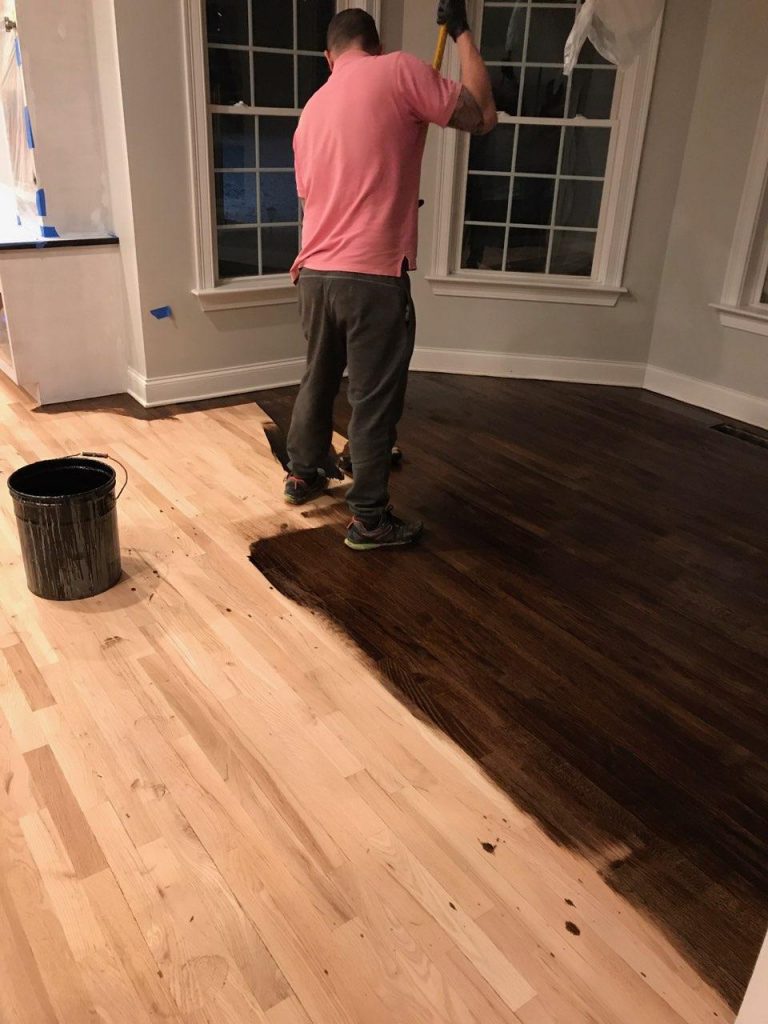Should You Paint Your Home’s Interior in Winter?

Interior painting is traditionally a warm-weather project. If you have the urge to freshen your space in the winter, however, you might be wondering whether it’s OK to paint when it’s cold outside. Here’s what you need to know.
Benefits of a Winter Paint Job
Hiring a professional to paint your home ensures high-quality results. As a bonus, the cost of this service is usually lower in winter when the demand for painting decreases.
Because the air is less humid when the temperature drops, each coat of paint will dry faster in the winter than it would in the summer. This results in a faster, more efficient job and can reduce cost if you hire a professional who charges by the hour.
If you’re like most homeowners, you probably have a long list of warm-weather tasks for your home. Taking care of interior painting in the winter frees up the summer for landscaping, gardening, exterior paint and other projects.
Drawbacks To Consider
The main issue when it comes to winter painting? Cold weather can reduce the quality of your paint job. Common concerns include cracks, poor coverage and the need for additional coats. As a general rule, the temperature of your interior walls should be at least 60 degrees Fahrenheit if painting is planned.
A professional painter can determine whether it’s warm enough inside your home to paint. He or she may recommend turning the thermostat higher than normal during the project and in the days immediately after completion.
You might need to postpone the project if your area is the middle of a cold snap. The job can also be scheduled for the afternoon, when the sun is at its highest and walls are likely to be warmest.
Interior painting can be done on your own, but hiring a professional saves time and provides beautiful, long-lasting results. Contact a painter in your area to learn more about scheduling this project during the winter.